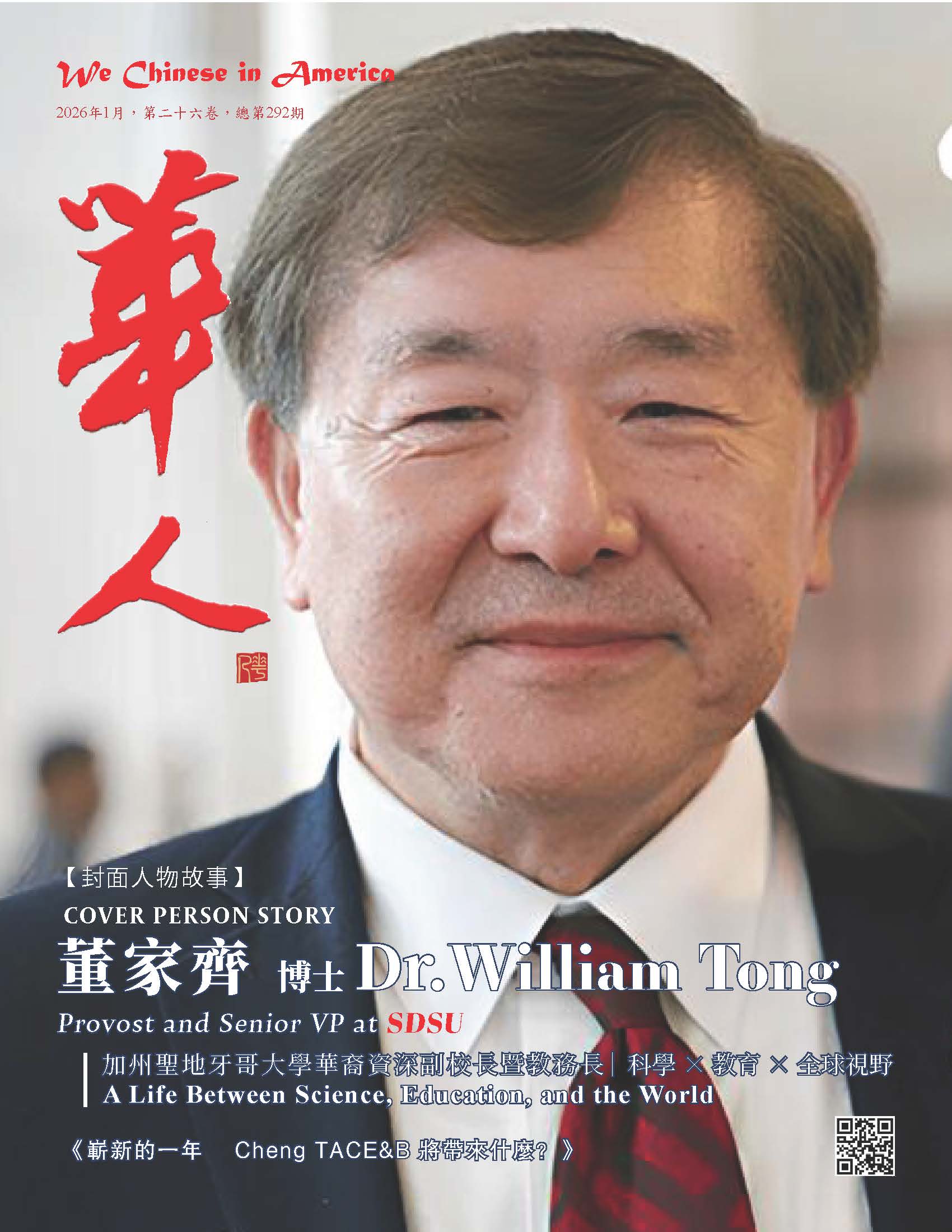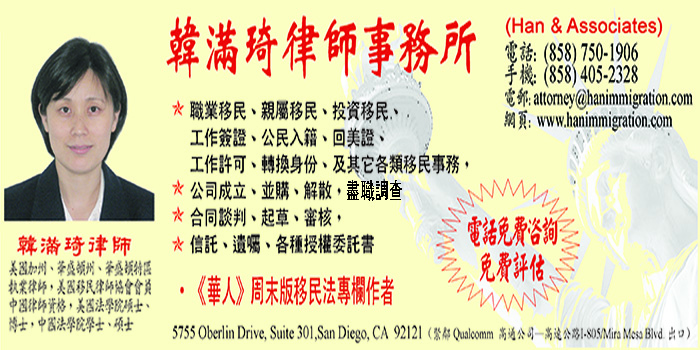
What's the Trick for Huawei despite Continued Resistance from Western Countries?
(We Chinese in America Media Editor Tang Zhao, April 1, 2022) China's Huawei, (Image from Facebook) which has been boycotted by Western countries such as the United States and Europe, recently released an annual report saying that its revenue in 2021 will drop by 28.6%, but its profit will increase by 75.9%. Meng Wanzhou said Huawei may have "passed through the dark zone of this catastrophe". How could Huawei, which has been deeply resisted by Western countries and faced many obstacles to 5G development, reverse the adversity in a short period of time? It is reflected in business and financial operations on the report, and behind it there is a hidden political force that is unfathomable.
Meng Wanzhou was finally allowed to return to China in the US-China secret judicial transaction in September last year after experiencing political wrangling and legal battles between the US and China. After returning to China, she made her first appearance at Huawei's 2021 annual results presentation, continuing her anti-US campaign. The heroic victory gesture announced that Huawei has overcome international adversity in the past year. Although its revenue decreased by 28.6% to 636.8 billion yuan (RMB, the same below), its profit increased by 75.9% to 113.7 billion yuan. The full-year operating margin was 19.1%, doubling the 8.1% operating margin in 2020.
Meng Wanzhou pointed out that Huawei's net profit has increased significantly despite the sharp decline in revenue, which is partly due to the proceeds from business disposal. She did not mention the details of the business disposal (sale) income in the report, but Huawei's annual report listed a net income of "disposal of subsidiary business" of 57.431 billion yuan, in addition to government subsidies of 2.571 billion yuan. These two revenues account for 52.8% of Huawei's 2021 net profit.
According to mainland financial circles, the revenue from Huawei's disposal of subsidiaries mainly refers to the Honor mobile phone sold in November 2020. The reason for the sale is that "the key technologies in the industry are difficult to obtain, and the consumer business is under tremendous pressure." To continue, it was decided to sell the business.” In order to avoid jeopardizing the survival of suppliers due to the closure of Honor, the Honor mobile phone was taken over by Shenzhen Zhixin New Information Technology Company.
Shenzhen Zhixinxin was only established two months before the sale of Honor. It was jointly invested by Shenzhen Smart City Technology Development Group and more than 30 Honor's agents and distributors. The company's equity is 98.6% held by Shenzhen Smart City Technology and 1.4% held by Shenzhen State-owned Assets Collaborative Development Private Equity Partnership.
According to the analysis of financial circles, Shenzhen Smart City Technology, which took the lead in taking over the Honor mobile phone, belongs to the Shenzhen State-owned Assets Supervision and Administration Commission. It is equivalent to the state-owned enterprise management department working with some distributors and suppliers under the name of "State-owned Assets Collaborative Development Private Equity Fund Partnership" to take over the loss-making Honor mobile phones. The shareholding ratio of dealers and suppliers is 1.4%, and the rest are arranged by Shenzhen State-owned Assets Supervision and Administration Commission. In essence, the state’s money is used to pay for the Honor mobile phone that is on the verge of bankruptcy.
Huawei sold low-end mobile phones that lost money and server units that couldn't buy chips. Its main business, 5G communications equipment, still relies on the support of the government and mainland telecommunications operators. Mainland financial circles believe that the large-scale launch of 5G has not only failed to improve the quality of the network but has actually declined. Even some operators have forced slowdowns on existing 4G users or abolished 4G base stations in order to promote 5G solutions. These practices have attracted widespread criticism. It is obvious that the existing Huawei 5G network faces the same problem as other countries' 5G networks: insufficient user upgrade experience. In addition, the capabilities of the 5G network and the development of the industry chain have not yet reached expectations. There is no clear progress in the business of virtual reality, holographic projection, and the Internet of Vehicles, and the expansion of network applications is extremely limited. If the prospect of 5G in the future is clouded again, many people are concerned about whether Huawei will find the SASAC to take over the 5G business.
(Source: China Times News Network)
This website has a free subscription function, please enter your email address and name (any nickname) in the upper right corner of the page. After subscribing, you can receive timely updates of the website. I hope that new and old readers will actively subscribe, so that we have the opportunity to provide you with better services
Please click: Home (wechineseus.com) for more news and content on this website
Follow The Chinese Media's Twitter account: https://twitter.com/wechineseinus
Follow The Chinese Media's Facebook account: https://www.facebook.com/wechineseinamerica/










